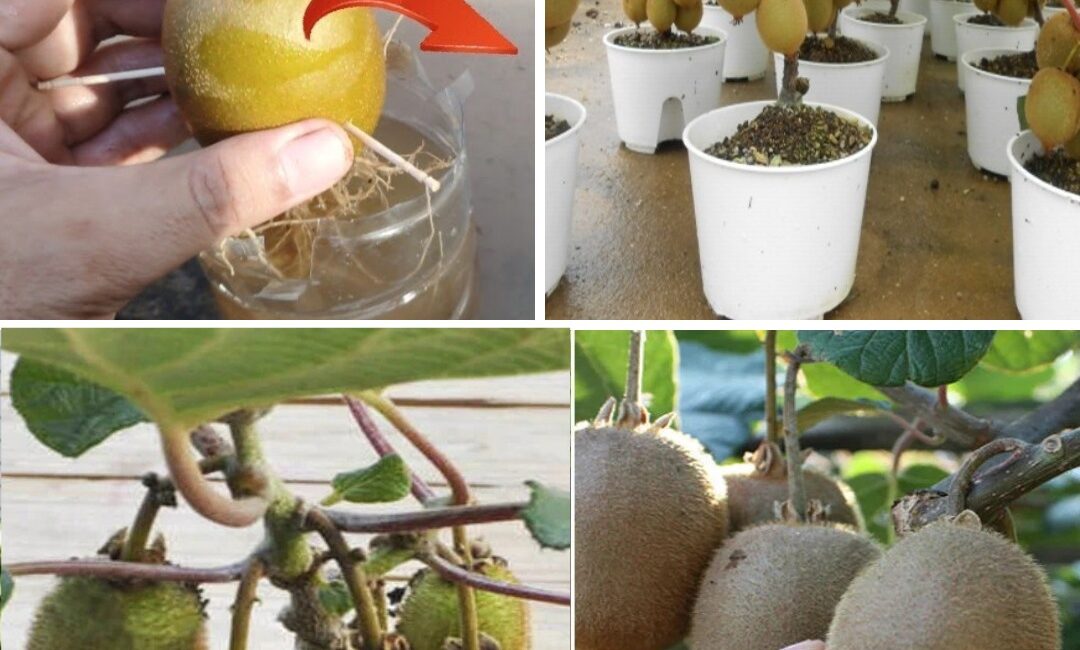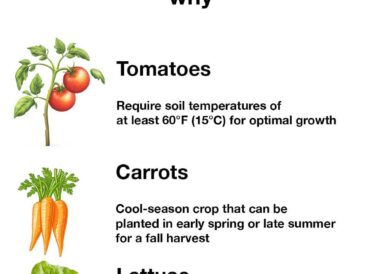Kiwi vines are vigorous climbers and need a trellis or sturdy support to grow well:
- Install a trellis, arbor, or wire support behind your pot.
- Train the main stem upwards, tie loosely with garden twine.
- Prune lateral shoots regularly to encourage airflow and sunlight penetration.
- In a container, you can guide the vine to grow vertically or horizontally depending on your space.
Step 6: Watering Kiwi Plants in Pots
- Kiwi likes evenly moist soil but hates being waterlogged.
- Water deeply when the top 1-2 inches of soil feel dry.
- During hot summer months, your container may dry out faster — water daily or as needed.
- Avoid overhead watering to prevent fungal diseases; water at the base.
Step 7: Fertilizing for Optimal Growth and Fruit Production
Container kiwi plants require regular feeding due to limited soil nutrients.
- Use a balanced, slow-release fertilizer in spring with a ratio like 10-10-10 (N-P-K).
- Supplement with liquid fertilizer every 2-4 weeks during growing season.
- Organic options like fish emulsion or seaweed extract work well.
- Avoid excessive nitrogen; it promotes leaf growth over fruiting.
Step 8: Pruning and Maintenance
Proper pruning helps maintain manageable vine size, encourages flowering, and improves airflow.
Annual Pruning Guide:
- In late winter or early spring before growth starts, prune the vine back to 3-4 main canes.
- Remove weak, dead, or crossing branches.
- Summer pruning may be necessary to control excessive growth and shape the plant.
- Always use clean, sharp pruning shears to prevent disease.
Step 9: Pollination Tips for Container Kiwi
- Kiwi plants are usually dioecious — male and female flowers on separate plants.
- Make sure to plant at least one male vine per 6-8 females for pollination.
- In containers, hand pollination can improve fruit set:
- Use a small paintbrush to transfer pollen from male flowers to female flowers.
- Some hardy kiwi varieties are self-fertile; check plant labels.
Step 10: Pest and Disease Management
Common pests and diseases affecting container kiwi include:
- Aphids and spider mites: Spray with insecticidal soap or neem oil.
- Powdery mildew: Ensure good airflow, prune overcrowded areas.
- Root rot: Avoid waterlogging and use well-draining soil.
- Scale insects: Manually remove or treat with horticultural oil.
Regularly inspect your plants, remove fallen leaves and debris, and maintain proper watering.
Step 11: Harvesting Kiwi from Pots
- Hardy kiwi fruits mature late summer to early fall, fuzzy kiwi later in fall.
- Fruits are ripe when they soften slightly and emit a fragrant aroma.
- Use scissors or pruning shears to clip fruit gently.
- Store harvested kiwi in a cool, dark place or refrigerate to prolong shelf life.
Bonus Tips for Thriving Potted Kiwi Plants
- Winter protection: In cold climates, wrap pots with insulating materials or move indoors.
- Soil refresh: Repot every 2-3 years to replenish soil nutrients.
- Mulching: Add organic mulch on top of the soil to retain moisture and regulate temperature.
- Training multiple vines: If space permits, grow multiple kiwi vines for increased yield.
Common Questions About Growing Kiwi in Pots
Can you grow kiwi indoors in a pot?
Kiwi needs significant sunlight to fruit, so indoor growing is possible only with supplemental grow lights and enough space for the vine’s size.
How long until a kiwi plant produces fruit?
From nursery plants, expect fruit in 3-5 years. Seed-grown kiwi can take up to 7 years or more.
What is the best soil pH for kiwi?
Slightly acidic to neutral soil pH between 5.5 and 7.0 is ideal.
How often should I water potted kiwi?
Keep soil consistently moist but never soggy. Water when topsoil dries out.
Conclusion
Growing kiwi in a pot is a highly rewarding project that combines horticulture, patience, and the joy of harvesting your own exotic fruit. By selecting the right variety, providing a suitable container and soil mix, ensuring adequate sunlight, and following proper care steps—watering, feeding, pruning, and supporting your vine—you can enjoy fresh kiwi even with limited space. Container kiwi is not just a plant; it’s a vibrant addition to your home garden that brings greenery, fragrance, and delicious fruits right to your fingertips.
Start your kiwi-growing journey today, and experience the satisfaction of nurturing this unique vine in your own pot—simpler than you ever imagined!




